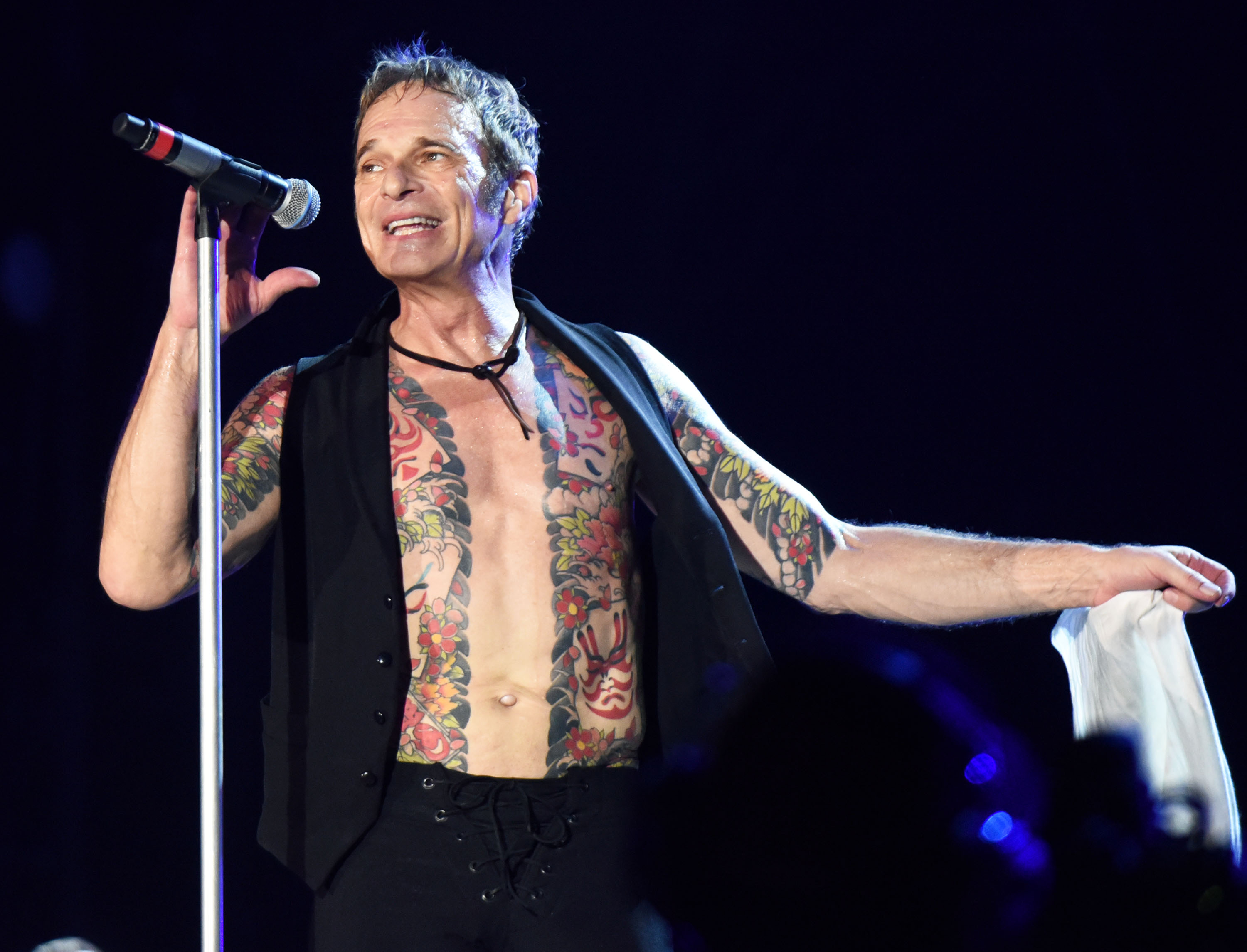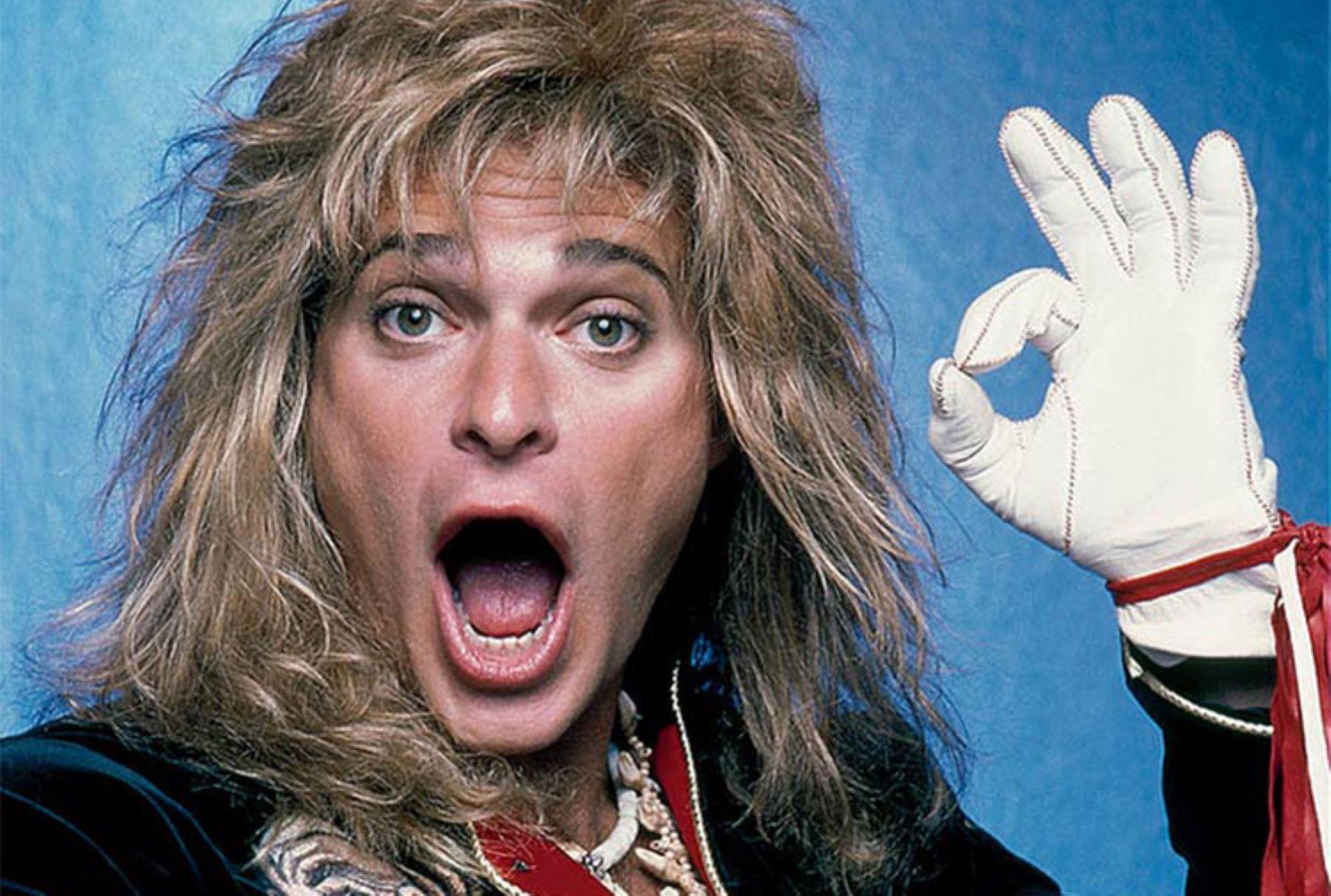David Lee Roth

David Lee Roth, the enigmatic frontman of Van Halen, is a legendary figure in rock music. His flamboyant stage presence, powerful vocals, and charismatic personality made him one of the most popular and influential performers of the 1970s and 1980s. But Roth’s journey to rock stardom began with a diverse set of musical influences and a strong desire to make his mark on the world.
David Lee Roth’s Early Musical Influences
Roth’s musical journey started in his early years, influenced by a wide range of artists. His musical taste was eclectic, encompassing genres like soul, funk, and rock. He was particularly drawn to the raw energy and charisma of performers like James Brown, Little Richard, and Elvis Presley. These artists instilled in him a love for showmanship and a desire to connect with audiences on a visceral level.
Roth’s fascination with the stage was further fueled by his exposure to Broadway musicals. He developed a deep appreciation for the dramatic aspects of performance and the power of storytelling through music. His exposure to these diverse musical styles and performance techniques laid the foundation for his unique style and stage presence, which would later define Van Halen’s sound and image.
The Formation of Van Halen and Roth’s Role in the Band’s Early Success
In 1972, Roth, a young and ambitious musician, crossed paths with the Van Halen brothers – Eddie, Alex, and Michael – in Pasadena, California. The band’s chemistry was immediate, with Roth’s charismatic personality and Eddie’s innovative guitar skills forming a dynamic duo. The band quickly gained a reputation for their high-energy live shows and Eddie’s groundbreaking guitar techniques.
Roth’s role in the band’s early success was significant. He provided the band with a unique identity, blending his love for showmanship with a rebellious spirit. His powerful vocals and energetic stage presence captivated audiences, making Van Halen one of the most sought-after live acts of the era.
The Significance of Roth’s Vocal Style and Stage Presence in Shaping the Band’s Image
Roth’s vocal style was a key element in shaping Van Halen’s sound and image. His high-pitched, powerful vocals, often delivered with a raspy edge, became synonymous with the band’s hard-rocking style. He incorporated elements of soul, funk, and blues into his singing, creating a unique and unforgettable sound.
Roth’s stage presence was equally iconic. He was known for his flamboyant costumes, energetic dance moves, and engaging stage banter. His charisma and showmanship drew audiences in, creating a spectacle that transcended the music itself. Roth’s dynamic performance style, combined with Eddie’s virtuoso guitar work, created a powerful and unforgettable live experience that cemented Van Halen’s status as one of the most exciting rock bands of the 1970s and 1980s.
Van Halen’s Golden Era: David Lee Roth

The period between 1978 and 1985 marks Van Halen’s “Golden Era,” a time when the band reached the pinnacle of their success, leaving an undeniable mark on the rock music landscape. During this period, they released five studio albums, each contributing to their meteoric rise to fame and solidifying their place as one of the most influential hard rock bands of all time.
David Lee Roth’s Songwriting Contributions
David Lee Roth’s contributions to Van Halen’s songwriting were significant, particularly during their early years. His lyrics, often infused with humor, social commentary, and a touch of the absurd, complemented the band’s musical prowess. He had a knack for crafting memorable melodies and hooks, which resonated with audiences and became staples of classic rock radio.
- Roth’s songwriting contributions are evident in iconic tracks like “Jump,” “Panama,” and “Runnin’ with the Devil,” which showcased his ability to blend catchy lyrics with Eddie Van Halen’s innovative guitar work.
- Roth’s lyrical themes often explored themes of rebellion, escapism, and the pursuit of pleasure, which resonated with a generation yearning for freedom and self-expression.
- His unique vocal style, characterized by its high-pitched delivery and theatrical flair, became synonymous with Van Halen’s sound.
Van Halen’s Impact on the Rock Music Scene
Van Halen’s impact on the rock music scene during this era was undeniable. Their blend of hard rock, heavy metal, and pop sensibilities redefined the genre, influencing countless bands that followed in their footsteps.
- Their debut album, released in 1978, propelled them to mainstream success and established them as a force to be reckoned with. Songs like “Eruption” and “Runnin’ with the Devil” became instant classics, showcasing Eddie Van Halen’s groundbreaking guitar techniques and Roth’s charismatic stage presence.
- Their subsequent albums, Women and Children First (1980), Fair Warning (1981), Diver Down (1982), and 1984 (1984), continued to break new ground, solidifying their status as one of the most popular and influential bands of the era.
- Van Halen’s music transcended geographical boundaries, gaining international recognition and influencing a new generation of rock musicians.
Van Halen’s Evolution and Creative Tensions
As Van Halen’s popularity grew, so did the creative tensions within the band. While Eddie Van Halen’s musical ambitions continued to evolve, Roth’s desire for greater artistic control and a more commercially-driven sound led to friction.
- The release of 1984 marked a turning point in the band’s evolution, with Roth’s songwriting contributions taking a more prominent role. The album’s success, fueled by hit singles like “Jump” and “Panama,” showcased Roth’s growing influence on the band’s direction.
- However, these creative differences ultimately led to Roth’s departure from the band in 1985, marking the end of Van Halen’s “Golden Era.” Despite the band’s continued success after Roth’s departure, the period between 1978 and 1985 remains a defining chapter in their history, a time when they redefined rock music and left an enduring legacy.
Solo Career and Beyond

David Lee Roth, a man of many talents and an undeniable force in the music industry, embarked on a solo career after his first departure from Van Halen in 1985. This period saw him explore new musical avenues, experimenting with different sounds and styles, and solidifying his position as a solo artist.
Musical Direction of Roth’s Solo Albums
Roth’s solo albums are a diverse collection, reflecting his eclectic musical interests and showcasing his vocal prowess. His debut album, *Eat ‘Em and Smile* (1986), showcased a harder rock sound with elements of funk, while *Skyscraper* (1988) leaned towards a more pop-oriented direction. *A Little Ain’t Enough* (1991) marked a return to a heavier rock style, while *Crazy From the Heat* (1993) featured a blend of blues, rock, and funk. The albums *DLR Band* (1994) and *Your Filthy Little Secret* (1995) showcased Roth’s versatility and his ability to seamlessly transition between genres.
Comparison of Roth’s Solo Work with His Work in Van Halen, David lee roth
Roth’s solo work differed significantly from his work with Van Halen. While his time in Van Halen was characterized by a high-energy, hard rock sound, his solo albums explored a wider range of musical styles. In Van Halen, Roth’s vocals were often a powerful and dynamic force, driving the band’s energy. In his solo career, he experimented with more nuanced vocal styles, incorporating elements of blues, funk, and even pop into his repertoire. While his solo work often featured more elaborate arrangements and production, it also saw him explore more personal themes and introspective lyrics.
Roth’s Later Collaborations and Projects
After a hiatus in the late 1990s, Roth returned to the music scene in the early 2000s, releasing the album *Diamond Dave* (2003). This album marked a return to a more rock-oriented sound, with Roth showcasing his powerful vocals and stage presence. He also embarked on a series of collaborations, working with artists such as Sammy Hagar and the band Chickenfoot.
Roth’s Reunion with Van Halen
In 2007, Roth reunited with Van Halen for a highly anticipated tour and album, *A Different Kind of Truth*. The reunion was a massive success, with the band selling out stadiums and rekindling their musical magic. The album showcased a return to the band’s classic hard rock sound, with Roth’s signature vocals and Eddie Van Halen’s legendary guitar work. However, the reunion was short-lived, with Roth leaving the band again in 2012.
David Lee Roth, the iconic frontman of Van Halen, is known for his energetic stage presence and flamboyant personality. His musical career has spanned decades, but he’s also shown an affinity for humor, often incorporating comedic elements into his performances.
This playful side is reminiscent of comedian Owen Smith, who has carved a niche for himself with his sharp wit and observational humor. Owen Smith comedian has been praised for his ability to connect with audiences on a personal level, much like Roth has done through his music and stage persona.
Perhaps it’s this shared ability to entertain that connects these two figures, both masters of their respective crafts.
David Lee Roth, known for his flamboyant stage presence and powerful vocals, has always been a captivating figure. But even rock stars need to indulge in a little treat, and Roth might be a fan of skinny cow ice cream , a lighter option for those looking to stay in shape.
After all, maintaining a rock star physique requires a bit of discipline, and a low-calorie treat like Skinny Cow could be the perfect way for Roth to satisfy his sweet tooth without derailing his fitness goals.
